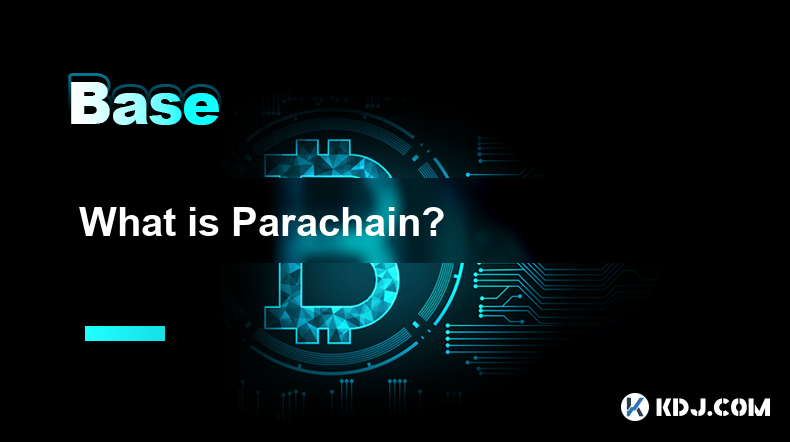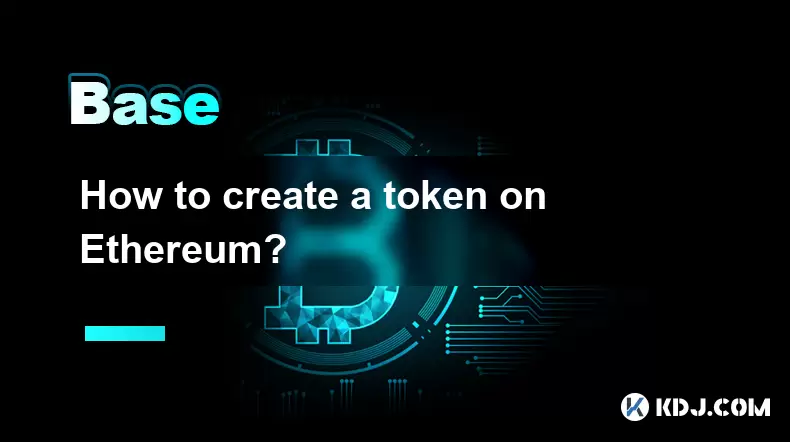-
 Bitcoin
Bitcoin $118100
0.44% -
 Ethereum
Ethereum $3765
5.84% -
 XRP
XRP $3.498
3.12% -
 Tether USDt
Tether USDt $1.000
0.00% -
 BNB
BNB $753.2
3.41% -
 Solana
Solana $181.7
3.58% -
 USDC
USDC $0.9999
0.01% -
 Dogecoin
Dogecoin $0.2704
12.75% -
 Cardano
Cardano $0.8684
5.85% -
 TRON
TRON $0.3151
-0.86% -
 Hyperliquid
Hyperliquid $46.06
4.51% -
 Stellar
Stellar $0.4695
2.48% -
 Sui
Sui $3.910
3.18% -
 Chainlink
Chainlink $19.36
6.65% -
 Hedera
Hedera $0.2750
3.99% -
 Bitcoin Cash
Bitcoin Cash $544.6
6.31% -
 Avalanche
Avalanche $25.12
3.69% -
 Shiba Inu
Shiba Inu $0.00001559
5.40% -
 Litecoin
Litecoin $116.8
5.10% -
 UNUS SED LEO
UNUS SED LEO $8.991
0.05% -
 Toncoin
Toncoin $3.283
2.79% -
 Polkadot
Polkadot $4.509
3.97% -
 Uniswap
Uniswap $10.67
6.58% -
 Ethena USDe
Ethena USDe $1.001
-0.01% -
 Monero
Monero $323.2
0.48% -
 Pepe
Pepe $0.00001410
6.37% -
 Bitget Token
Bitget Token $4.964
1.93% -
 Dai
Dai $0.9998
-0.01% -
 Aave
Aave $326.2
3.85% -
 Bittensor
Bittensor $421.8
2.46%
What is Parachain?
Parachains, specialized blockchains within the Polkadot ecosystem, extend its capabilities by providing scalability, flexibility, interoperability, and enhanced security for custom applications.
Feb 15, 2025 at 03:30 pm

Key Points
- Definition and Significance of Parachains
- Role of Parachains in the Polkadot Ecosystem
- Technical Architecture of Parachains
- Process of Becoming a Parachain
- Benefits and Challenges of Parachains
What is a Parachain?
A parachain is a specialized blockchain that operates independently yet interoperates with Polkadot, a prominent blockchain platform. It functions as a parallel chain, running in conjunction with Polkadot's main blockchain, known as the relay chain.
Significance of Parachains
Parachains are essential building blocks within the Polkadot ecosystem, extending its capabilities and functionalities. They enable developers to create specialized chains tailored to specific applications or use cases. By leveraging Polkadot's shared security model, parachains inherit the security and stability of the main chain while maintaining their own autonomy.
Role of Parachains in the Polkadot Ecosystem
- Provide scalability: Parachains offload transaction processing from the relay chain, increasing the overall throughput of the network.
- Enhance flexibility: Parachains can be customized to suit unique requirements, fostering innovation and adaptability within the ecosystem.
- Improve interoperability: Parachains facilitate cross-chain communication, enabling seamless transfer of data and assets between different parachains and external blockchains.
Technical Architecture of Parachains
- Collator: Responsible for producing and validating parachain blocks. It verifies transactions, creates new blocks, and sends them to the relay chain for finalization.
- Delegates: Entities responsible for selecting collators and governing the parachain. They stake DOT tokens to participate in the network.
- Relay Chain: The main blockchain of the Polkadot ecosystem. It provides shared security, consensus, and interoperability for all parachains.
Process of Becoming a Parachain
- Lease slot: Developers must win a slot auction to obtain a parachain lease. Auctions are competitive, and winners are selected based on their bid amount and community support.
- Implement parachain logic: Develop the parachain's code, including its consensus mechanism, governance model, and transaction processing logic.
- Connect to the relay chain: Integrate the parachain with the relay chain to establish a connection for data and transaction exchange.
Benefits of Parachains
- Enhanced security: Parachains inherit the high level of security provided by the Polkadot relay chain.
- Increased speed and efficiency: Parachain transactions are processed in parallel, resulting in faster transaction times and improved efficiency.
- Interoperability: Parachains enable cross-chain interaction, fostering collaboration and asset exchange within the ecosystem.
- Customizability: Developers can design parachains tailored to their specific needs, promoting innovation and meeting unique requirements.
Challenges of Parachains
- High entry cost: Slot auctions can be expensive, potentially limiting accessibility for smaller projects.
- Technical complexity: Developing a parachain requires a deep understanding of blockchain technology and the Polkadot ecosystem.
- Competition: The limited number of parachain slots creates intense competition among developers, making it challenging to secure a slot.
FAQs
1. What is the difference between a parachain and a relay chain?
A parachain is a specialized blockchain tailored to specific use cases, while the relay chain is the main blockchain that provides shared security and interoperability for parachains.
2. Are parachains always secure?
Yes, parachains inherit the security of the Polkadot relay chain, which employs a proof-of-stake consensus mechanism and rigorous governance processes.
3. Can parachains communicate with external blockchains?
Yes, parachains can leverage Polkadot's XCMP (Cross-Chain Message Passing) protocol to exchange data and assets with other blockchains.
4. How are parachains governed?
Governance is handled individually by each parachain. Parachain developers determine the governance model, such as on-chain voting or
Disclaimer:info@kdj.com
The information provided is not trading advice. kdj.com does not assume any responsibility for any investments made based on the information provided in this article. Cryptocurrencies are highly volatile and it is highly recommended that you invest with caution after thorough research!
If you believe that the content used on this website infringes your copyright, please contact us immediately (info@kdj.com) and we will delete it promptly.
- Tezos, Conflux, and the Altcoin Rebound: What's Driving the Surge?
- 2025-07-21 14:50:12
- Giants Protocol Token Launch: Revolutionizing Asset Ownership with Blockchain Innovation
- 2025-07-21 15:30:12
- DeFi Evolution: Data Oracles and NFT Integration Leading the Charge
- 2025-07-21 14:30:12
- Super Apps, Stablecoins, and Future Payments: A NYC Perspective
- 2025-07-21 14:30:12
- Cardano (ADA) Price Surges Amid Bitcoin ATH Buzz: What's Next?
- 2025-07-21 12:30:11
- Bitcoin, UK, and Sale: Decoding the Crypto Buzz in Britain
- 2025-07-21 12:30:11
Related knowledge

What is the difference between a sidechain and a Layer 2?
Jul 20,2025 at 11:35pm
Understanding the Concept of SidechainsA sidechain is a separate blockchain that runs parallel to the main blockchain, typically the mainnet of a cryp...

What is the Inter-Blockchain Communication Protocol (IBC)?
Jul 19,2025 at 10:43am
Understanding the Inter-Blockchain Communication Protocol (IBC)The Inter-Blockchain Communication Protocol (IBC) is a cross-chain communication protoc...

How does sharding improve scalability?
Jul 20,2025 at 01:21am
Understanding Sharding in BlockchainSharding is a database partitioning technique that is increasingly being adopted in blockchain technology to enhan...

What is the "crypto trilemma" of scalability, security, and decentralization?
Jul 19,2025 at 06:28pm
Understanding the Concept of the Crypto TrilemmaThe crypto trilemma refers to the challenge of simultaneously achieving scalability, security, and dec...

What is a cliff and vesting schedule in tokenomics?
Jul 20,2025 at 10:28am
What Does a Cliff Mean in Tokenomics?In tokenomics, a cliff refers to a specific period during which token holders are not allowed to access or transf...

How to create a token on Ethereum?
Jul 21,2025 at 02:07pm
Understanding the Basics of Ethereum TokensBefore diving into the process of creating a token on Ethereum, it's crucial to understand what Ethereum to...

What is the difference between a sidechain and a Layer 2?
Jul 20,2025 at 11:35pm
Understanding the Concept of SidechainsA sidechain is a separate blockchain that runs parallel to the main blockchain, typically the mainnet of a cryp...

What is the Inter-Blockchain Communication Protocol (IBC)?
Jul 19,2025 at 10:43am
Understanding the Inter-Blockchain Communication Protocol (IBC)The Inter-Blockchain Communication Protocol (IBC) is a cross-chain communication protoc...

How does sharding improve scalability?
Jul 20,2025 at 01:21am
Understanding Sharding in BlockchainSharding is a database partitioning technique that is increasingly being adopted in blockchain technology to enhan...

What is the "crypto trilemma" of scalability, security, and decentralization?
Jul 19,2025 at 06:28pm
Understanding the Concept of the Crypto TrilemmaThe crypto trilemma refers to the challenge of simultaneously achieving scalability, security, and dec...

What is a cliff and vesting schedule in tokenomics?
Jul 20,2025 at 10:28am
What Does a Cliff Mean in Tokenomics?In tokenomics, a cliff refers to a specific period during which token holders are not allowed to access or transf...

How to create a token on Ethereum?
Jul 21,2025 at 02:07pm
Understanding the Basics of Ethereum TokensBefore diving into the process of creating a token on Ethereum, it's crucial to understand what Ethereum to...
See all articles

























































































